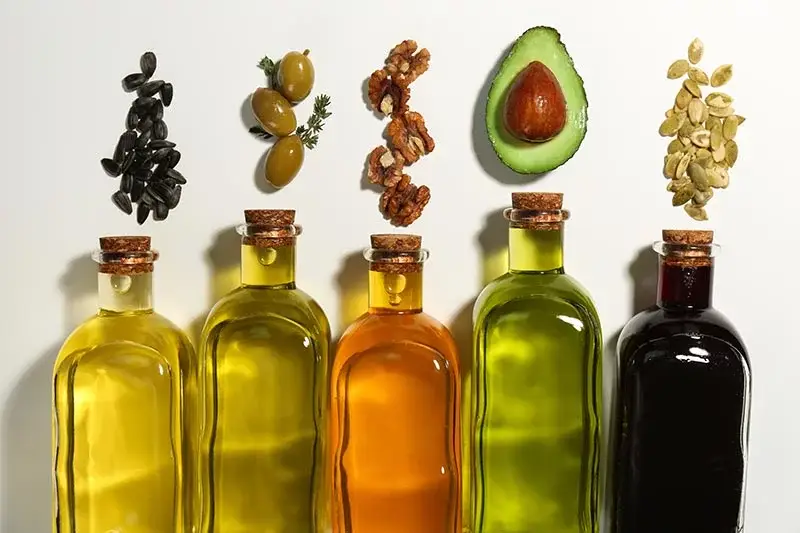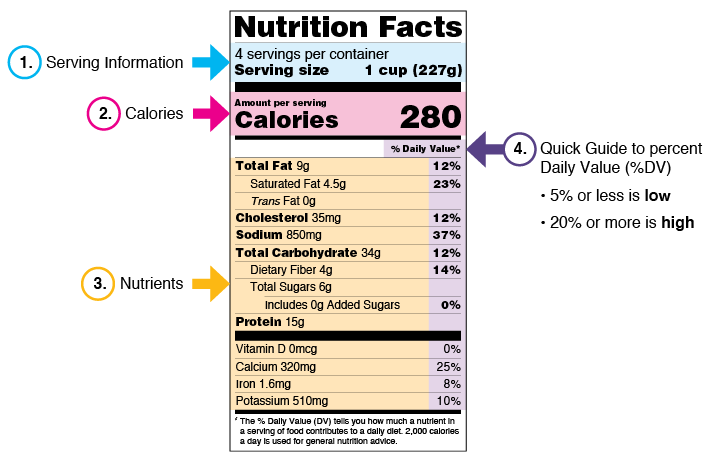What do oat milk, meat-free burgers, and seed oil-free snacks all have in common? They each started as niche retail products and exploded into mainstream retail categories because brands focused on changing consumer preferences.
The retail product market is shifting faster than ever. In 2025, one of the clearest examples is the unexpected rise of seed oil free certified foods.
Newly released data from SPINS highlights the surge in demand for Seed Oil Free Certified products during the first quarter of 2025:
- +216% average sales growth compared to Q1 2024
- +410% growth over the most recent 12-week period
- Strong performance across both natural retail (+124%) and conventional retail (+225%) channels
Whether or not you’ve personally questioned the oils in your products, millions of consumers now are, and brands that responded early are reaping the rewards.
But this isn’t just a story about oil. It’s about the power of listening, the speed of consumer-driven change, and how product categories can transform almost overnight when a cultural moment meets smart brand strategy.
What Are Seed Oils, And Why Are Consumers Avoiding Them
Seed oils are vegetable oils extracted from the seeds of various plants, including:
- Soybeans (soybean oil)
- Corn (corn oil)
- Sunflowers (sunflower oil)
- Canola (rapeseed) (canola oil)
- Cottonseed, grapeseed, and safflower oil are also common examples
They’re widely used in processed foods, restaurant frying, and packaged snacks because they’re cheap, shelf-stable, and neutral in flavor.
Many health-conscious consumers avoid seed oils because they’re highly processed, typically extracted using high heat and chemicals like hexane, and rich in omega-6 fatty acids, which, when consumed in excess, may contribute to inflammation and an imbalanced omega-6 to omega-3 ratio. Critics also worry that the refining process can create harmful compounds and that the widespread use of seed oils in processed foods may be linked to modern health issues like obesity and chronic disease. While mainstream health organizations still consider seed oils safe and heart-healthy in moderation, growing consumer skepticism concerns industrial processing and a desire for simpler, more natural ingredients.

When Consumers Speak, Retail Moves
Historically, retail followed a top-down model: brands were created, marketers promoted them, and shoppers chose from what was offered. But in today’s digital, data-rich environment, consumer preferences shape what gets made, not just what gets sold.
Take seed oils as a case in point. Many shoppers, especially wellness-driven Millennials and Gen Z, actively avoid industrial seed oils like canola, soybean, and sunflower oil. Concerns range from high levels of processing to omega-6 content and transparency around sourcing.
The response?
- A 2025 SPINS report shows Seed Oil Free Certified™ retail products grew 216% year-over-year and 410% in just 12 weeks.
- Mainstream retailers saw triple-digit growth in both natural (+124%) and conventional (+225%) channels.
- Brands like Daily Crunch reported stronger sales and deeper loyalty after showcasing their seed oil free credentials front and center.
This is a textbook example of how closely monitoring consumer conversations on social media, in reviews, and through surveys can shape a product’s success.
What’s Fueling This Retail Product’s Demand?
This shift isn’t just anecdotal; it’s also structural. Several overlapping factors are fueling the rise of Seed Oil Free Certified™ products:
- Label literacy: Today’s shoppers aren’t just skimming labels but decoding them. Ingredient sourcing, processing methods, and oil quality are all under the microscope.
- Certification = trust: The Seed Oil Free Certified™ seal assures consumers that a product has passed strict lab testing and audits to confirm it contains no seed oils.
- Mission-driven buying: More shoppers support brands that align with their values around clean eating and transparency.
As Jonathan Rubin, CEO of the Seed Oil Free Alliance, puts it:
“Consumers are making increasingly deliberate decisions about the food they buy, supporting brands that are transparent, mission-driven, and aligned with their values.”

The Rise of the “Values-Based Shopper”
Today’s consumers no longer just buy what’s available but thoughtfully choose what aligns with their values, and those values can shift quickly.
What are shoppers asking for now?
- Ingredient transparency
- Fewer processed components
- Certifications they trust
- Alignment with health, sustainability, or ethical values
By studying search trends, investing in social listening, or even running micro-pilots, retailers who stay attuned to these shifts can adapt their product lines and brand messaging fast enough to stay relevant.
Keeping Up With Consumers’ Retail Product Preferences
Here are three actionable ways to stay ahead of the next consumer-driven shift:
1. Use Data Beyond the Register
Sales figures are reactive because they reflect what’s already happened. Stay proactive by analyzing search data, social conversations, and engagement trends to understand what’s coming next.
2. Ask, Test, Learn
Run polls, read reviews, and test small product batches with variations. You don’t need a national rollout to determine whether a seed oil free dressing or plastic-free packaging might resonate.
3. Monitor Social Platforms
Pick up trends and new consumer behaviours early by closely monitoring social media posts and checking what influential voices are posting about.
The Customer As the Compass
If there’s one lesson the seed oil free boom teaches us, it’s this: customers don’t just buy products – they drive demand for entire categories. What matters to them today can be tomorrow’s dominant trend. Retailers and brands that listen, respond, and adapt quickly are the ones that win.
Listening is your competitive advantage, whether it’s seed oils, sugar content, or sustainable packaging.


